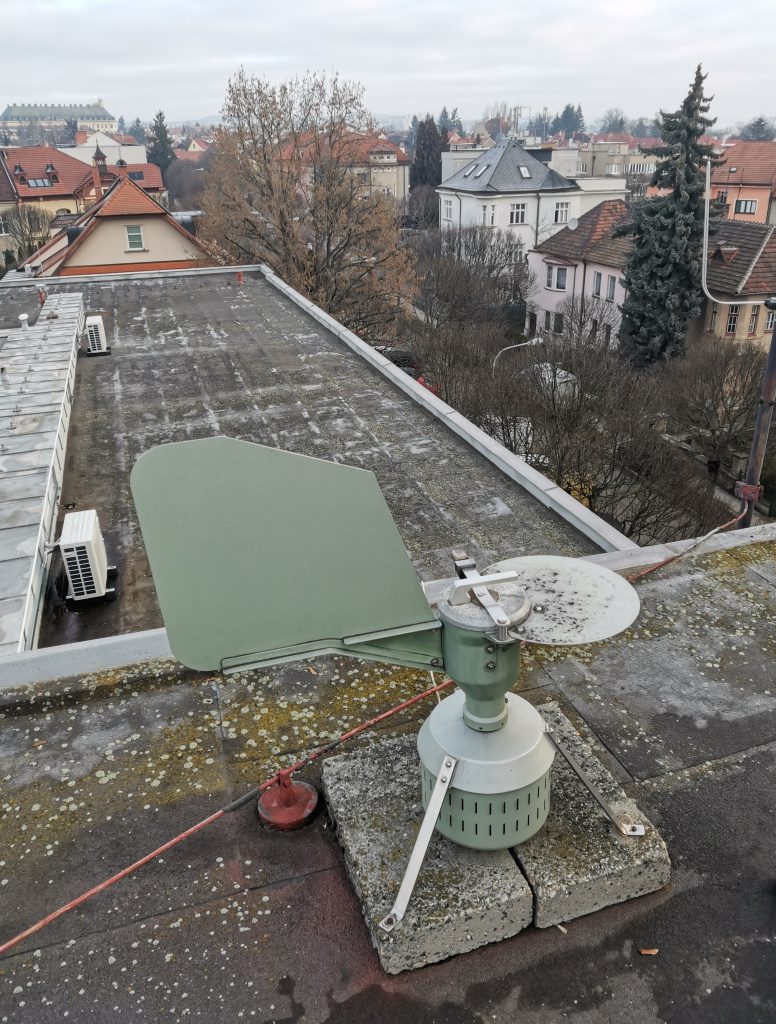Guest blog post by Arnold Erdélyi, Judit Hartdégen, Ákos Malatinszky, and Csaba Vadász
Today, almost everyone is familiar with the term “biological invasion”. Countless studies have been carried out to describe the various processes, and explore the cause and effect, and several methods have been developed in order to control certain invasive species. However, one of the biggest puzzles is always the question of how it all happened. It is not always easy to answer, and, in general, the smaller the area, the more difficult or even impossible it is to answer. In the course of our work, we attempted to explore the history of the spread of four, non-indigenous invasive tree species in one of the most important Hungarian forest-steppe forests of high conservation value, the Peszér Forest (approximately 1000 ha). Last week, we published our study in the journal One Ecosystem.


The Far Eastern tree of heaven (Ailanthus altissima), as well as the North American black cherry (Prunus serotina), the box elder (Acer negundo) and the common hackberry (Celtis occidentalis) are among the worst invasive plant species in Hungary. They are also responsible for serious conservation and economic problems in the Peszér Forest.

Historical reconstructions of the spread of invasive species are most often based on only one, or sometimes a few aspects. We used six approaches simultaneously:
- we reviewed the published and grey literature,
- extracted tree species data from the National Forest Database since 1958,
- conducted a field survey with full spatial coverage (16,000 survey units (25×25 m quadrats)) – instead of sampling,
- recorded all the largest (and presumably the oldest) individuals for annual ring counts,
- performed hotspot analyses on the field data
- collected local knowledge.

Our results show that each approach provided some new information, and without any of them the story revealed would have been much shorter and more uncertain. We have also highlighted that at the local level, the use of one or two aspects can be not only inadequate but also misleading.
From the literature it was possible to determine the exact place and date of the first occurrence of the tree of heaven and the black cherry. However, in the case of black cherry, for example, it was only possible to piece together the circumstances of the first plantings by combining three different sources. The first occurrences of box elder were found in forestry data. Finally, in the case of the common hackberry, searching for old individuals and determining their age gave the best results.

A well-explored story of a biological invasion can go a long way in making more and more people understand that controlling these non-indigenous species can only be beneficial. On the other hand, it can also help to strengthen conservation efforts, for example by increasing the volunteer workforce, which can be a major factor in the reduction of certain species. We hope that our work and the approaches we have taken will serve as a good model for exploring other invasion stories around the world.

Research article:
Erdélyi A, Hartdégen J, Malatinszky Á, Vadász C (2023) Historical reconstruction of the invasions of four non-native tree species at local scale: a detective work on Ailanthus altissima, Celtis occidentalis, Prunus serotina and Acer negundo. One Ecosystem 8: e108683. https://doi.org/10.3897/oneeco.8.e108683
















